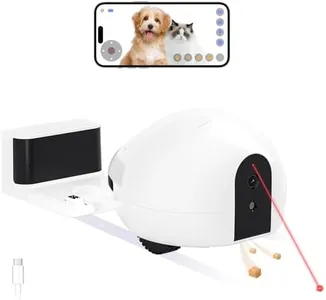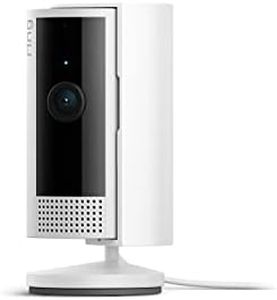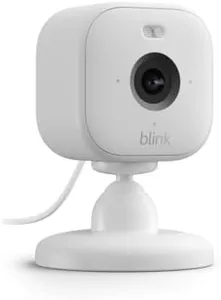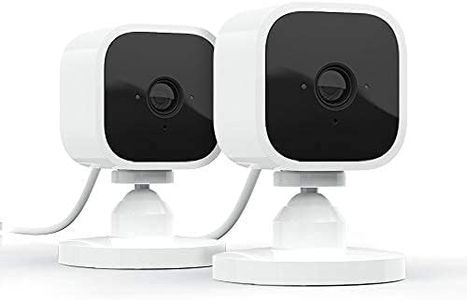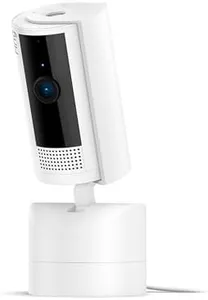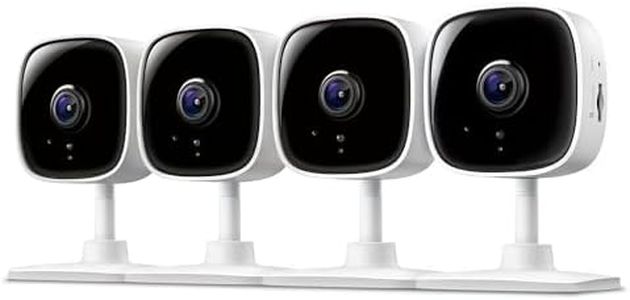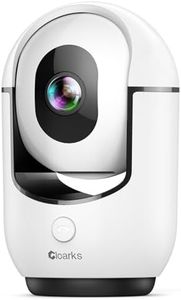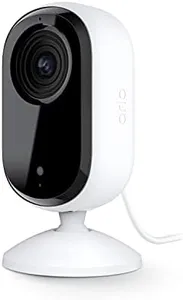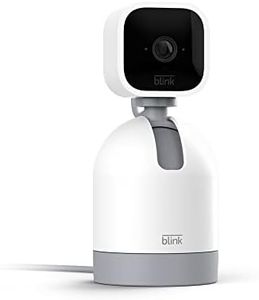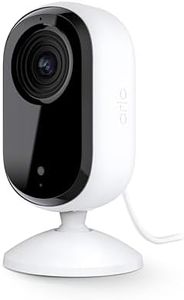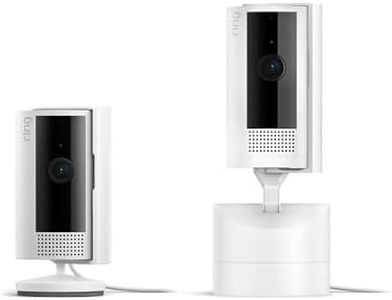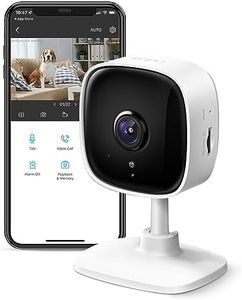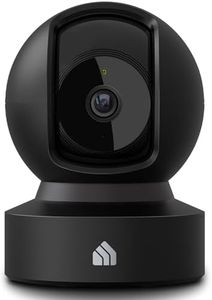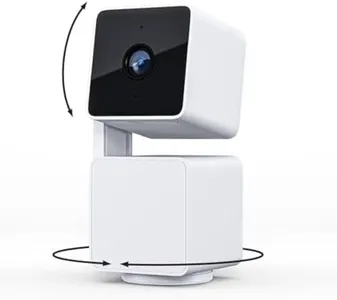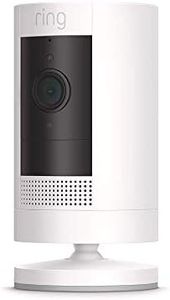10 Best Indoor Wireless Cameras 2025 in the United States
Our technology thoroughly searches through the online shopping world, reviewing hundreds of sites. We then process and analyze this information, updating in real-time to bring you the latest top-rated products. This way, you always get the best and most current options available.

Our Top Picks
Winner
Ring Indoor Cam (newest model) — Home or business security in 1080p HD video, White
Most important from
26968 reviews
The Ring Indoor Cam (2nd Gen) is a solid choice for anyone looking for a reliable indoor wireless camera. It offers 1080p HD video quality and color night vision, ensuring clear images both day and night. This camera allows for two-way audio, so you can communicate through the camera, which is great for checking in on pets or talking to family members. The manual privacy cover is a thoughtful addition for those concerned about privacy, letting you physically block the camera and microphone when you do not want to be monitored.
With customizable motion detection, you can tailor the alerts to what matters most, reducing unnecessary notifications. The camera offers versatile mounting options and can be easily moved around as it is plug-in. However, it does require a Ring Home subscription to access features like 24/7 recording and smart video search, which adds to the cost. The field of view is wide at 143° diagonal, making it suitable for covering large areas. Connectivity is limited to 2.4GHz WiFi, which might be a drawback for some who prefer faster 5GHz networks.
Integration with Alexa enables hands-free control and notifications, enhancing the smart home experience. It is crucial to note that certain advanced features depend on network connectivity and may not be available in all regions. This camera comes in multiple colors to suit different decors and includes essential accessories for quick setup. If you're looking for a camera with robust features and don't mind the additional subscription cost, the Ring Indoor Cam (2nd Gen) is worth considering.
Most important from
26968 reviews
Blink Mini 2 (Newest Model) — Home Security & Pet Camera(s) with HD video, color night view, motion detection, two-way audio, and built-in spotlight — 1 camera (White)
Most important from
9060 reviews
The Blink Mini 2 is a second-generation plug-in smart security camera designed for indoor use, offering a range of features that make it a strong contender in its category. Its 1080p HD resolution ensures clear video quality, and the built-in spotlight provides a color night view, which is a notable enhancement for nighttime security. The 143° diagonal field of view is wide enough to capture a broad area, making it suitable for covering large rooms or spaces.
The two-way audio feature allows you to listen and speak through the camera, adding an extra layer of interaction and security. Motion detection capabilities provide real-time alerts, helping you stay informed about any activity in your home. Additionally, the camera's smart notifications, including person detection, require a Blink Subscription Plan, which also enables continuous live streaming for up to 90 minutes and cloud storage options. This subscription-based model might be seen as a downside for those looking for free, unlimited storage solutions.
The camera integrates well with Alexa, allowing for voice control and seamless smart home integration. The easy setup process is user-friendly, making it accessible even for those not tech-savvy. However, to use the camera outdoors, you'll need to purchase an additional weather-resistant power adapter, which adds to the cost. The product comes with a one-year limited warranty and promises software updates for at least four years, ensuring long-term support. Potential buyers should consider the costs associated with subscription plans and additional accessories needed for outdoor use.
Most important from
9060 reviews
Buying Guide for the Best Indoor Wireless Cameras
Choosing the right indoor wireless camera can significantly enhance the security and monitoring of your home or office. When selecting a camera, it's important to consider various specifications that will determine how well the camera meets your needs. Understanding these key specs will help you make an informed decision and ensure you get the best fit for your specific requirements.FAQ
Most Popular Categories Right Now
